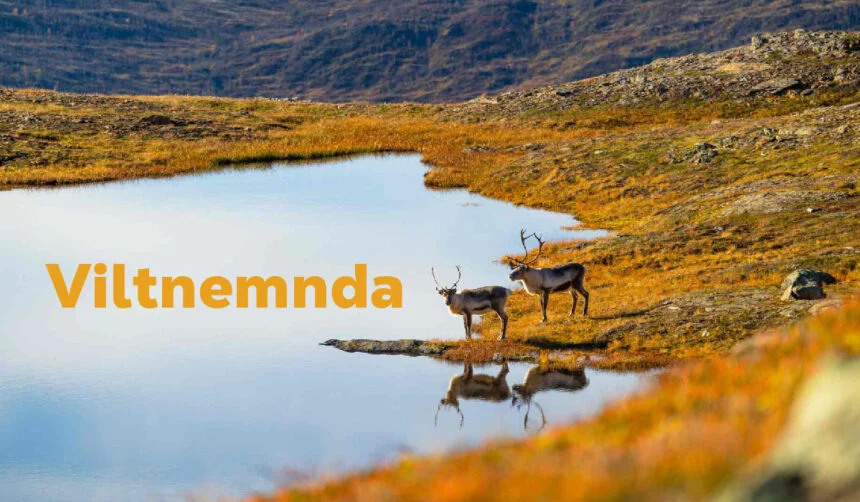Norway’s deep connection with nature is woven into its culture, traditions, and daily life. From the fjords to the forests, wildlife plays an essential role in maintaining ecological balance. At the heart of this responsibility lies the Viltnemnda — a local wildlife management committee dedicated to handling matters related to wild animals, hunting regulations, and environmental protection. This institution serves as a bridge between government policies and the local communities that coexist with nature.
What Is Viltnemnda?
The term Viltnemnda translates roughly to “the wildlife committee” in English. It is an official body appointed by the municipal government in Norway. The main role of Viltnemnda is to ensure that local wildlife management follows national guidelines while adapting them to local needs. This includes managing wildlife populations, resolving human-wildlife conflicts, handling injured animals, and overseeing hunting activities to promote sustainability.
In simpler terms, Viltnemnda works as the “local wildlife guardian,” ensuring harmony between people and nature. Their responsibilities are broad, ranging from practical fieldwork to administrative decisions.
The Responsibilities of Viltnemnda
Viltnemnda’s work extends into several key areas, including:
-
Wildlife Population Control:
One of the primary duties is to monitor the population of wild animals such as deer, moose, and elk. When populations rise too high, it can lead to overgrazing or increased traffic accidents. Viltnemnda helps manage hunting quotas to maintain ecological balance. -
Handling Wildlife Accidents:
Road collisions involving large animals are a significant issue in rural Norway. When such accidents occur, Viltnemnda ensures that the injured animal is tracked, rescued, or humanely euthanized if necessary. They work closely with police and wildlife rangers to respond quickly and responsibly. -
Issuing Hunting Permits:
Viltnemnda also plays a central role in regulating hunting. They issue local hunting permits and ensure that all activities comply with the Norwegian Wildlife Act. This includes reviewing applications, maintaining fairness among hunters, and ensuring that hunting seasons are respected. -
Education and Awareness:
In addition to regulation, Viltnemnda is active in educating the public. They hold workshops and provide resources to help citizens understand wildlife behavior, safety measures, and the importance of biodiversity. -
Conflict Resolution:
Sometimes, wild animals can cause problems — for example, predators attacking livestock or deer damaging crops. Viltnemnda acts as a mediator, balancing the interests of farmers, landowners, and conservationists to find sustainable solutions.
The Structure of Viltnemnda
Each municipality in Norway has its own Viltnemnda, typically composed of local citizens who possess experience in wildlife management, hunting, or environmental studies. Members are appointed for a specific term, often four years, aligning with municipal election cycles.
The committee usually collaborates with other local bodies such as the kommunestyret (municipal council), police, and environmental agencies. Their decisions are guided by national laws — particularly the Viltloven (Wildlife Act) — but they are allowed flexibility to adapt these laws to local conditions.
Why Viltnemnda Is Important
The existence of Viltnemnda ensures that wildlife management remains both scientific and community-driven. Without such committees, decision-making might be centralized and disconnected from local realities.
By maintaining close contact with hunters, farmers, and residents, Viltnemnda creates trust and cooperation. This collaborative model allows for better management of species such as elk, roe deer, and lynx — ensuring that no single interest dominates the conversation. Moreover, their quick response in emergencies, like animal-vehicle collisions, helps reduce suffering for animals and inconvenience for humans.
Challenges Facing Viltnemnda
Despite its effectiveness, Viltnemnda faces several modern challenges. Climate change has altered migration patterns and food availability for wildlife. Urban expansion continues to reduce natural habitats, increasing encounters between humans and wild animals.
Another issue is the decline in traditional hunting knowledge among younger generations. With fewer volunteers and trained individuals available, maintaining a strong committee can be difficult. There’s also the growing need to integrate technology — such as wildlife tracking systems and data management tools — into their work.
The Future of Wildlife Management in Norway
As Norway moves toward more sustainable environmental policies, Viltnemnda remains a vital institution. Its blend of local knowledge and national coordination ensures that decisions are both ecologically sound and socially fair.
Future efforts may focus on using digital reporting tools for wildlife accidents, expanding community involvement, and strengthening youth education about environmental stewardship. The collaboration between citizens and authorities will continue to define the success of Viltnemnda’s mission.
Conclusion
Viltnemnda stands as a cornerstone of Norway’s commitment to responsible wildlife management. Its efforts go beyond regulation — it represents respect for nature, compassion for animals, and the belief that people and wildlife can coexist harmoniously.
Through its daily work — whether responding to animal accidents, issuing hunting permits, or resolving conflicts — Viltnemnda preserves the delicate balance between human needs and nature’s rhythms. In doing so, it keeps alive one of Norway’s most cherished values: living in harmony with the wild.
